We started our four weeks in Myanmar (Burna) with a flight to the former capital, Yangon. This is the place where almost all foreign tourists start their journey as currently there are no land borders open to foreigners (it is possible to cross into the country via a couple of borders in Thailand but only for a few days and only to that town making it effectively useless unless on a visa run). As my only other visit to the country had been on a work trip, I hadn’t previously had the opportunity to explore the city properly, as is so often the case. On this occasion, we had plenty of time to wander the streets and as Mark’s visit was some time ago, we assumed there had been many changes. The city feels like it’s half way between India and South-East Asia – the perfect combination in my opinion! Yangon still has lots of colonial architecture, a legacy of the British, some of it definitely showing signs of faded grandeur and some of it, such as The Strand Hotel, still very well maintained. The streets are bursting with life most commonly associated with tea stalls. Drinking tea appears to be the national pastime of Burma – not just a place to drink tea but somewhere to meet friends, play chess or other board games, have a snack or simply to pass the time – we also ended up spending a lot of time in tea shops during our time in the country.
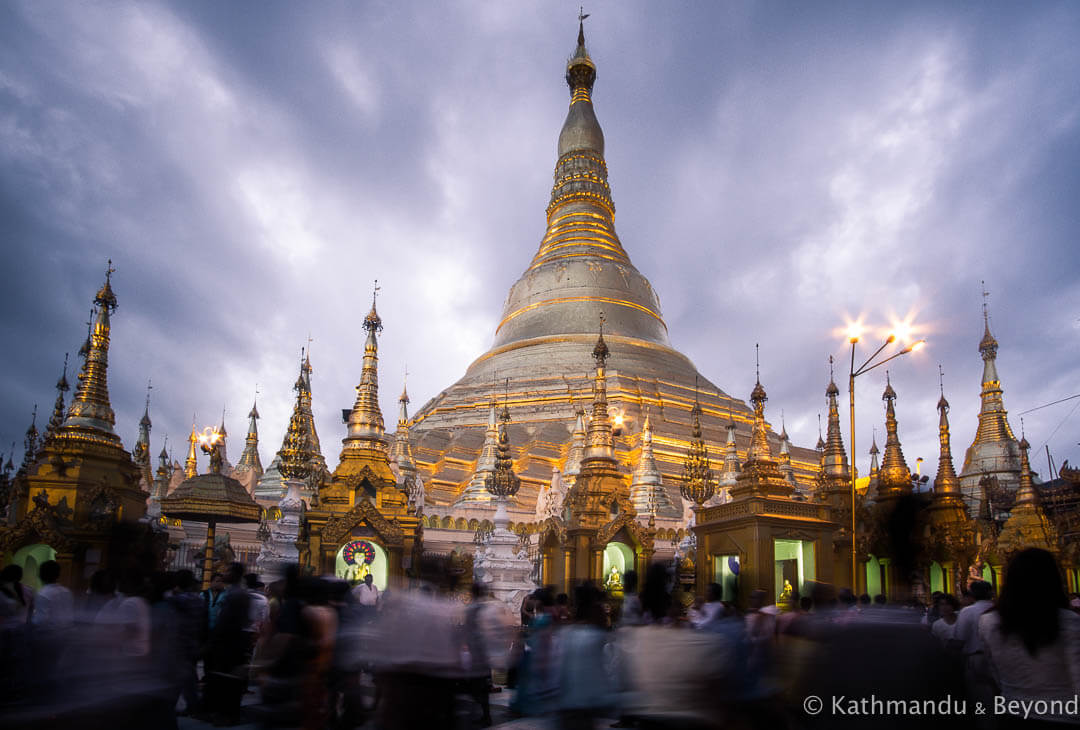 Shwedagon Pagada, Yangon
Shwedagon Pagada, Yangon
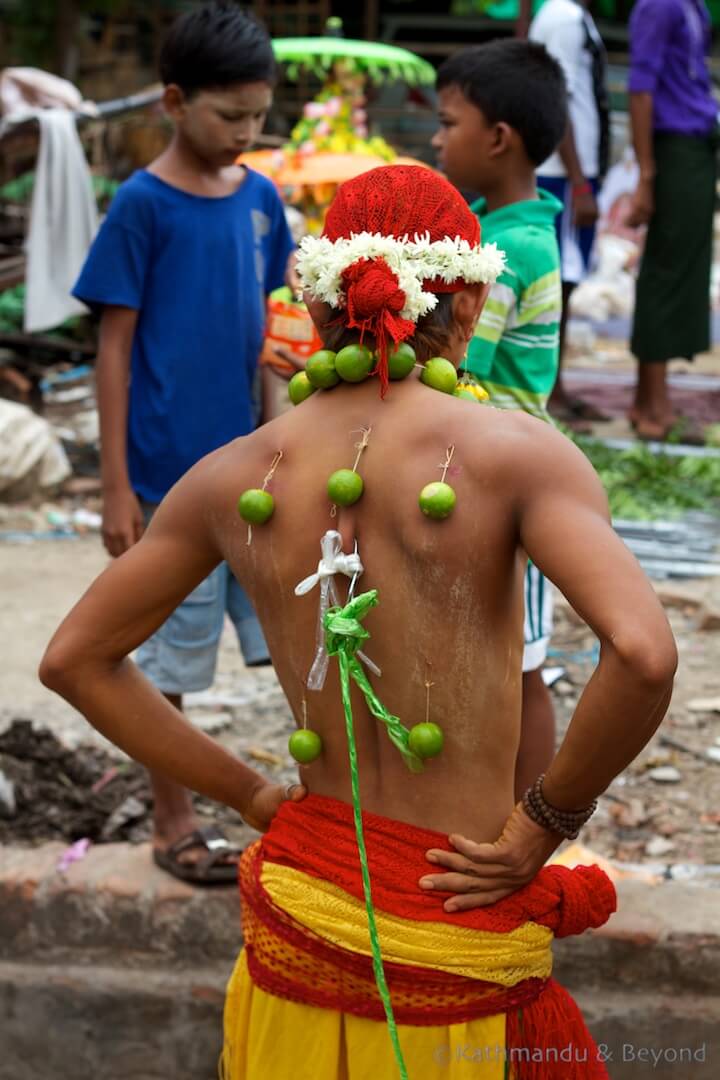
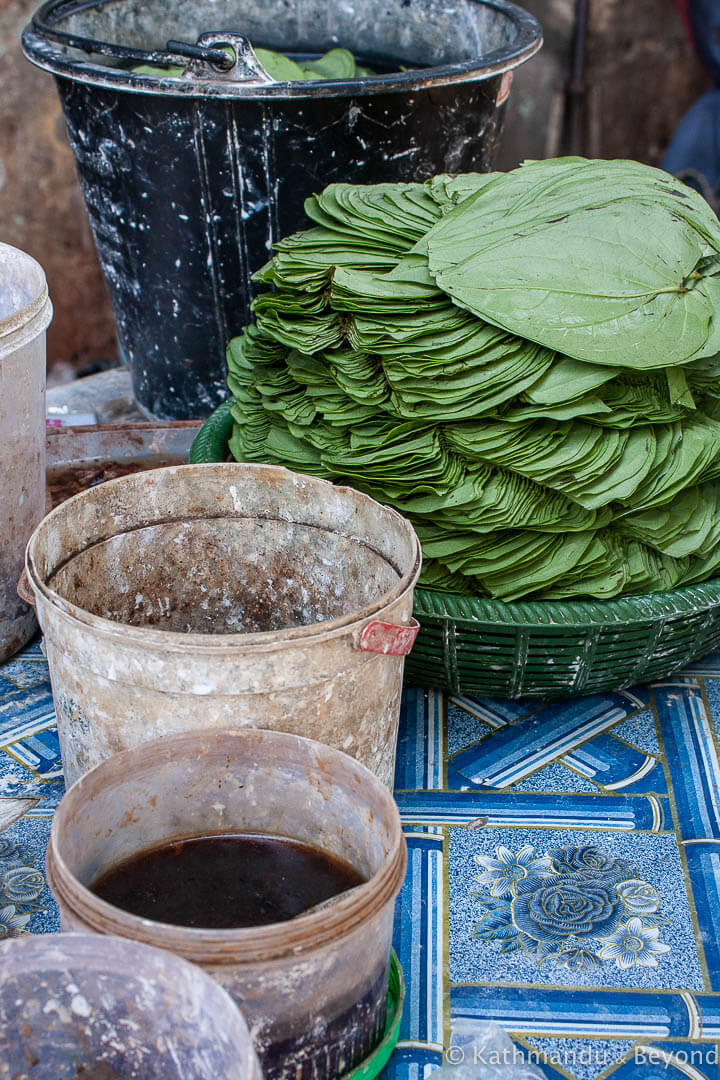
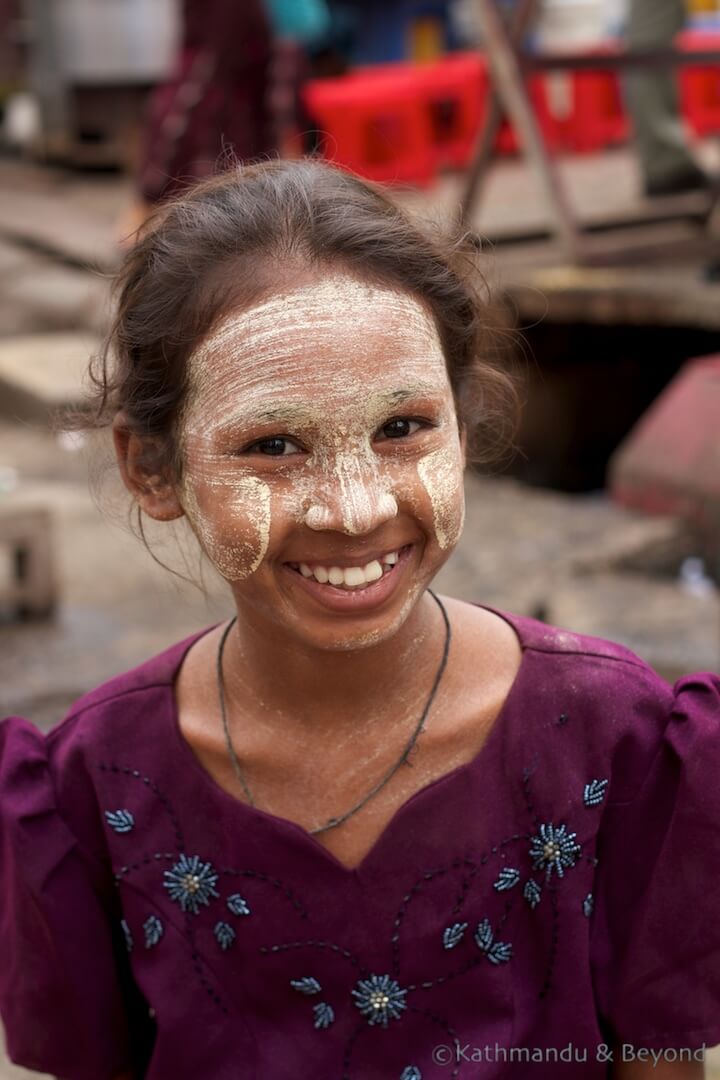
Little India, Yangon
As we’d both visited the “Big Four” sites before, we were keen to see some other less-visited spots and we chose to start with a circuit south of Yangon, beginning with a train ride to Mawlamyine, a 10-hour roller coaster of a ride. I am constantly amazed how Burmese women can balance trays of noodles, drinks and other snacks on their heads whilst walking down the carriage; one swerve and there’d be chop suey everywhere if I was selling!
Mawlamyine is another former British capital, this time on the sea giving it a very relaxed feel. Christmas coincided with our time here and although the celebrations went by fairly unrecognised, we did share a Chinese meal with a few other fellow travellers with cheesy carols playing in the background (I think purely for our benefit).
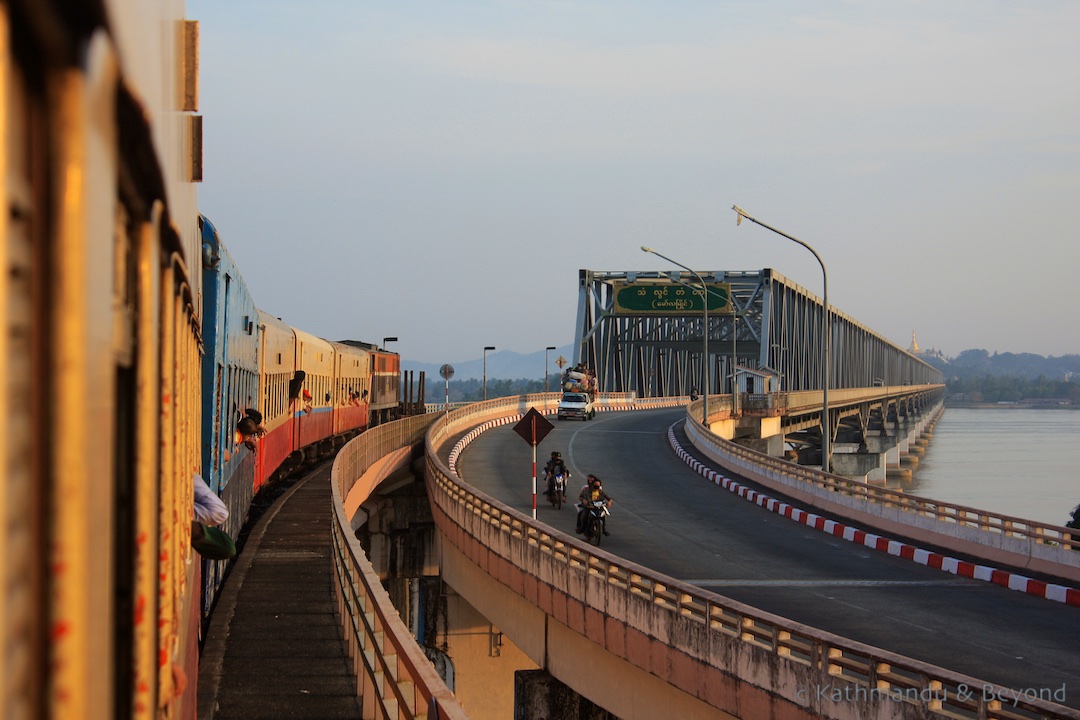 The Yangon to Mawlamyine train
The Yangon to Mawlamyine train
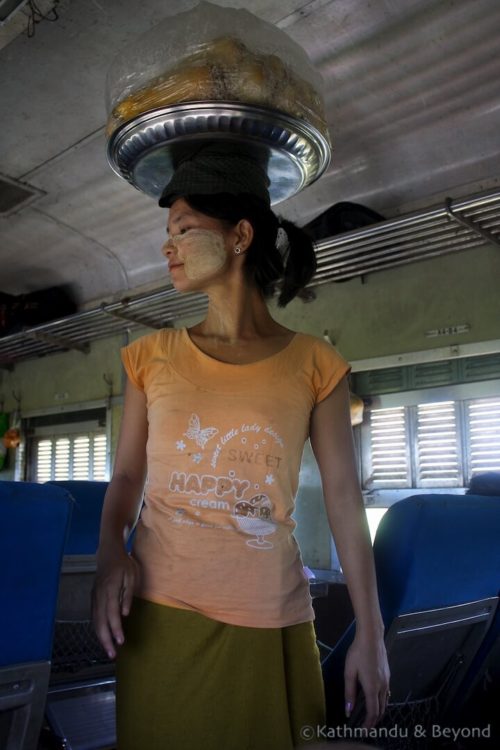
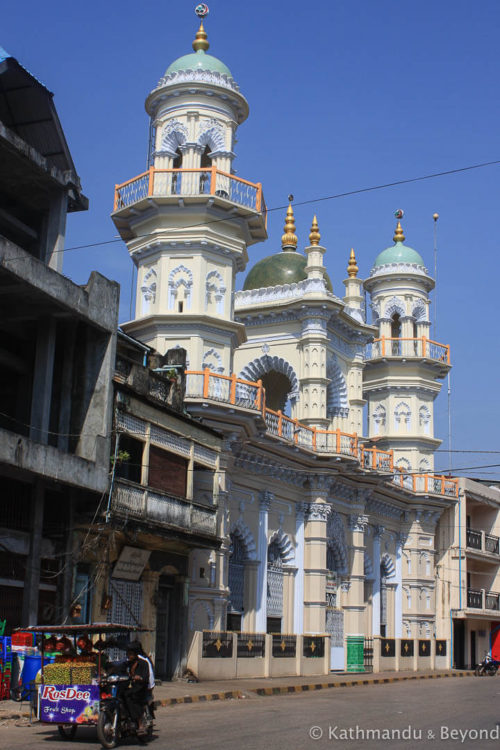
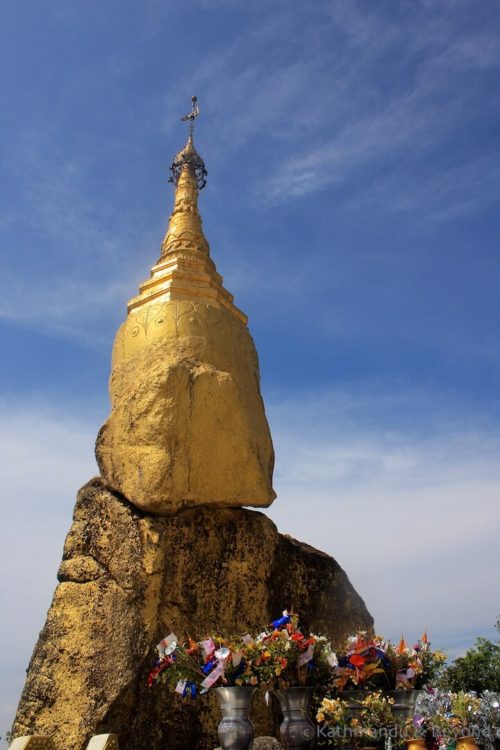
Above: The Yangon to Mawlamyine train (left), Mawlamyine (centre) and Nwa-la-bo Pagoda near Mawlamyine (right)
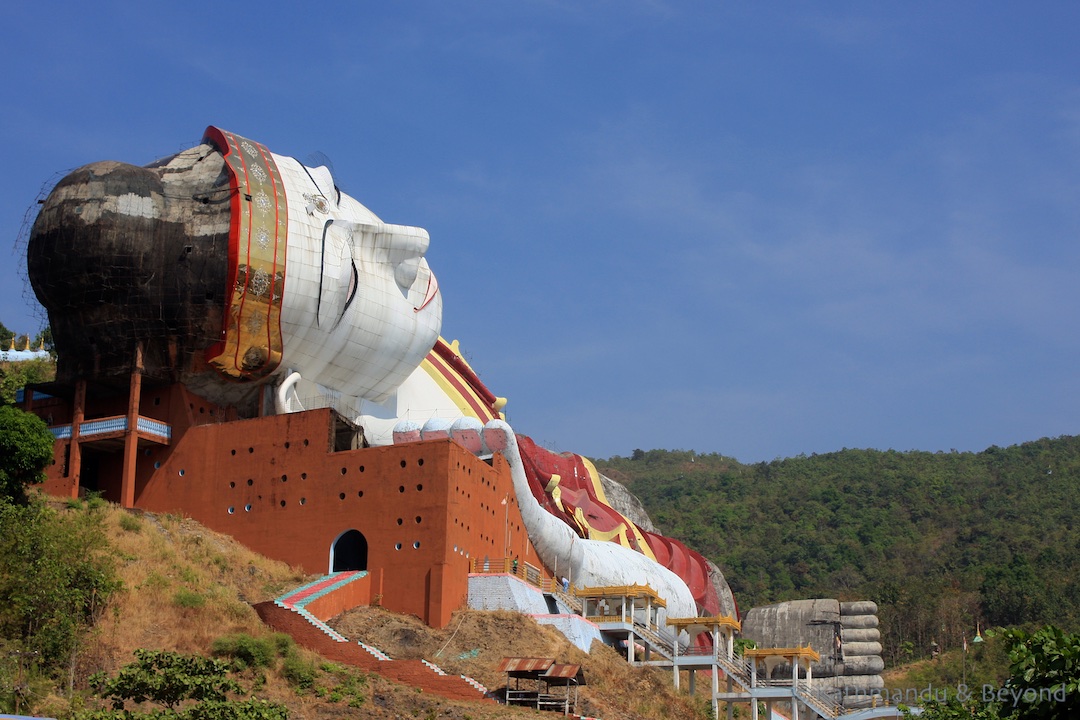 Win Sein Taw Ya, Mawlamyine
Win Sein Taw Ya, Mawlamyine
From there it was on to the town of Hpa-An by boat. The public ferry is reputedly one of the journey’s highlights but unfortunately the developing road network has put paid to that as the local people can cover the distance more quickly by bus. Instead we shared the trip with a group of travellers destined to become our “gang of six” on and off during our time in the country. Hpa-An is a pleasant enough town in which to spend a few days and we discovered some great food there but the real appeal was the surrounding countryside which is really beautiful – rice paddies, caves, secret lakes, Buddha statues and temples. Oh, and a tea shop or two along the way.
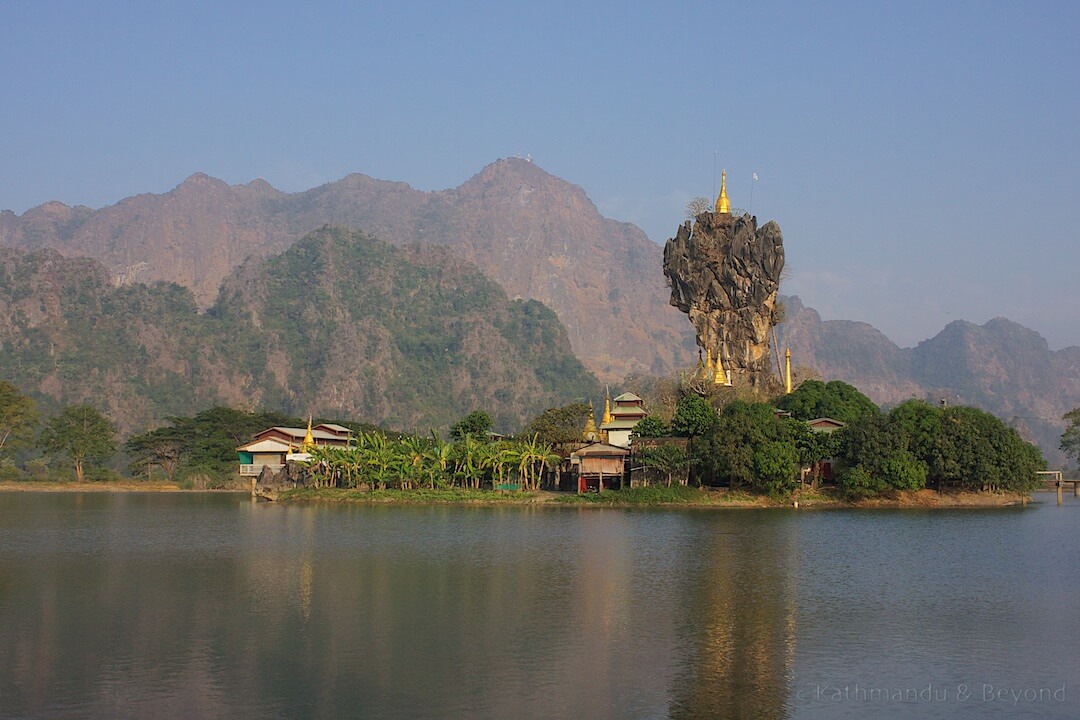 Kyauk Kalap, Hpa-an
Kyauk Kalap, Hpa-an
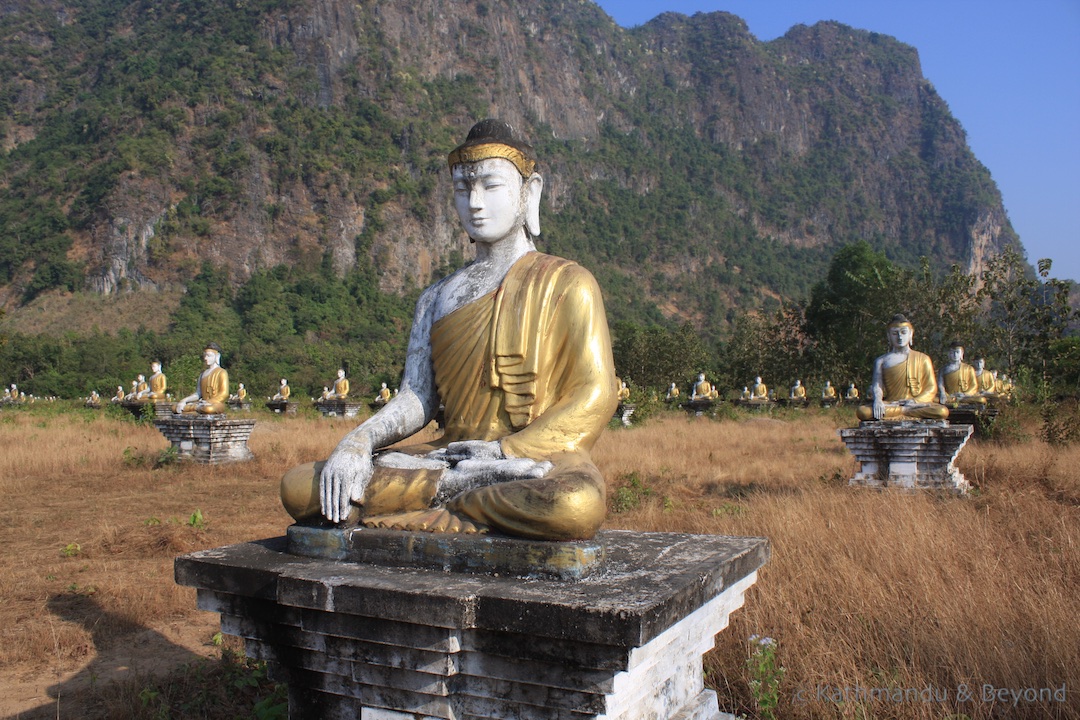
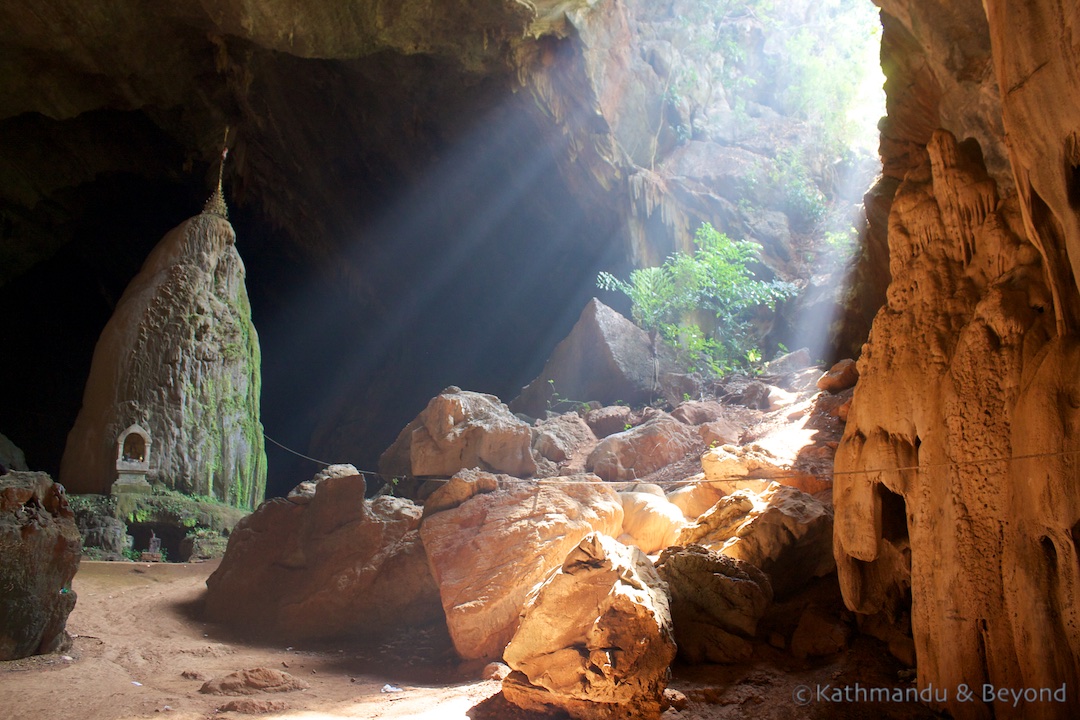
Hpa-an: Lumbini Garden (left) and Saddar Cave (right)
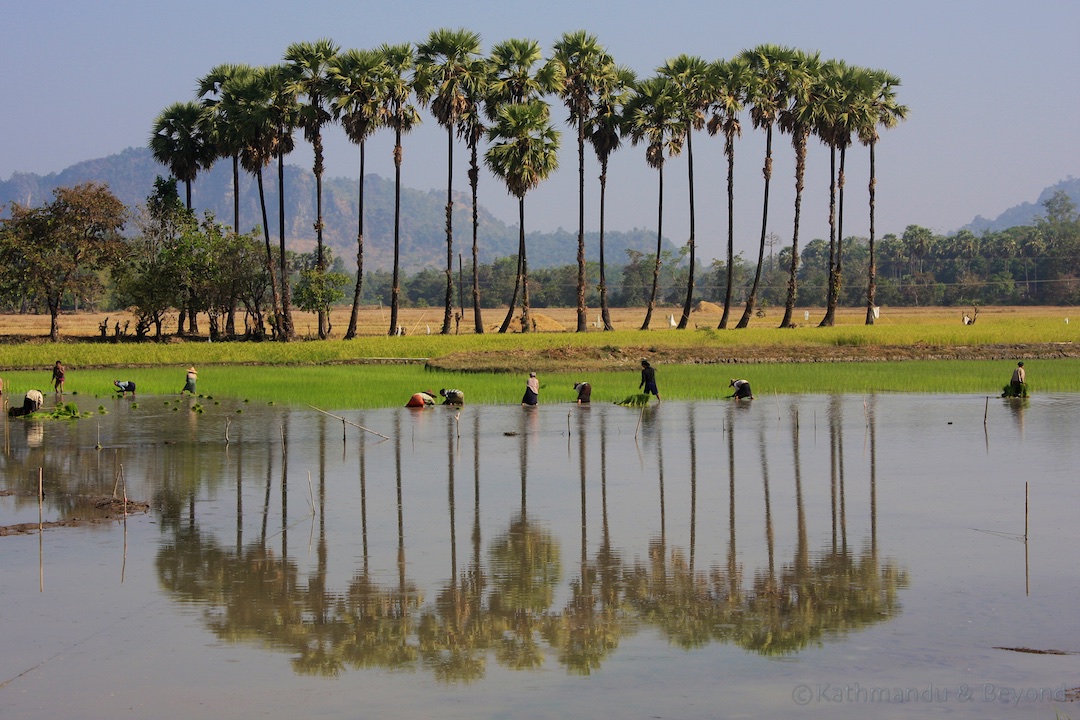 Lat Ka Na village near Hpa-an
Lat Ka Na village near Hpa-an
Next stop was the town of Kyaikhto, better known as (and the reason for visiting) the “Golden Rock” or “Balancing Pagoda”, so-called on account of the miraculous position it maintains. A place of pilgrimage for Burmese, the rock is at the top of a steep climb. Hundreds of Burmese pilgrims visit this holy site and most of them camp out on the marble floors that are part of the complex of shrines. They get up before the sun rises to start their prayers and begin bedding down soon after sunset. It sounds clichéd but it really is a magical place with a very special atmosphere. From Kyaikhto it was back to Yangon via a couple of very large Buddhas in Bago.
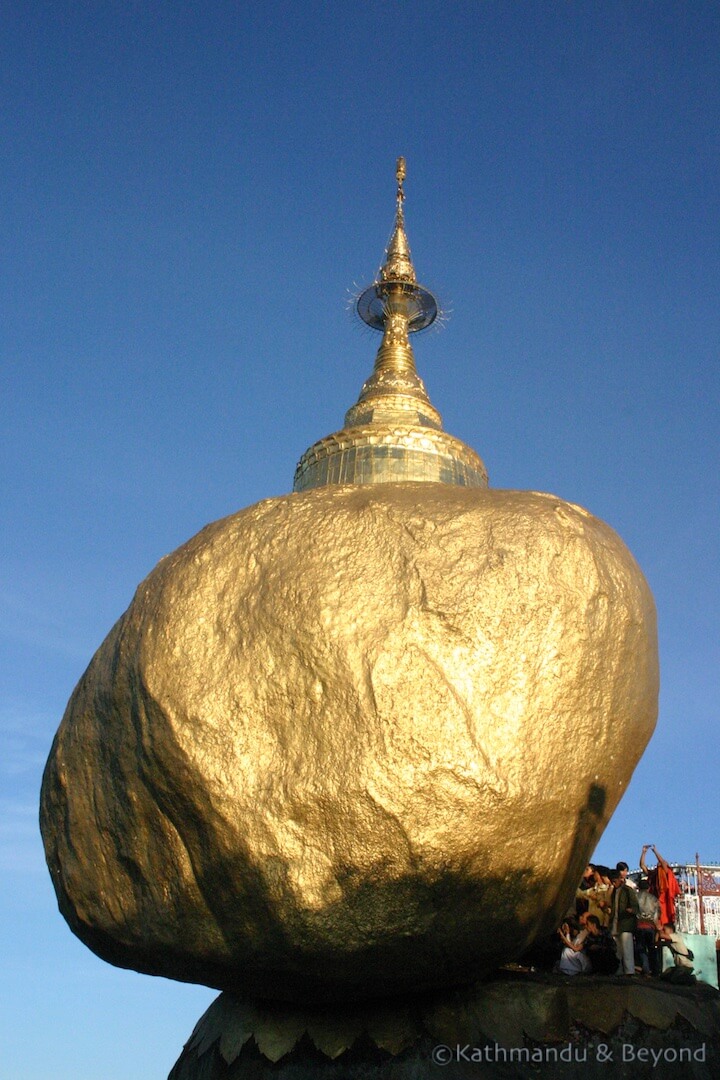
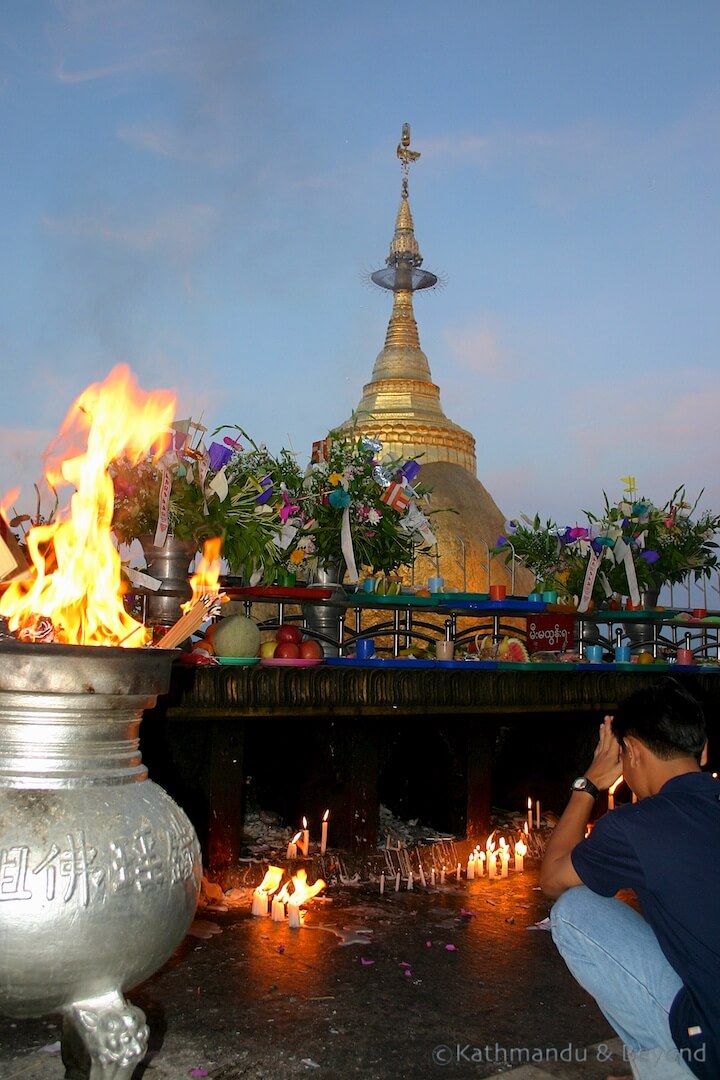
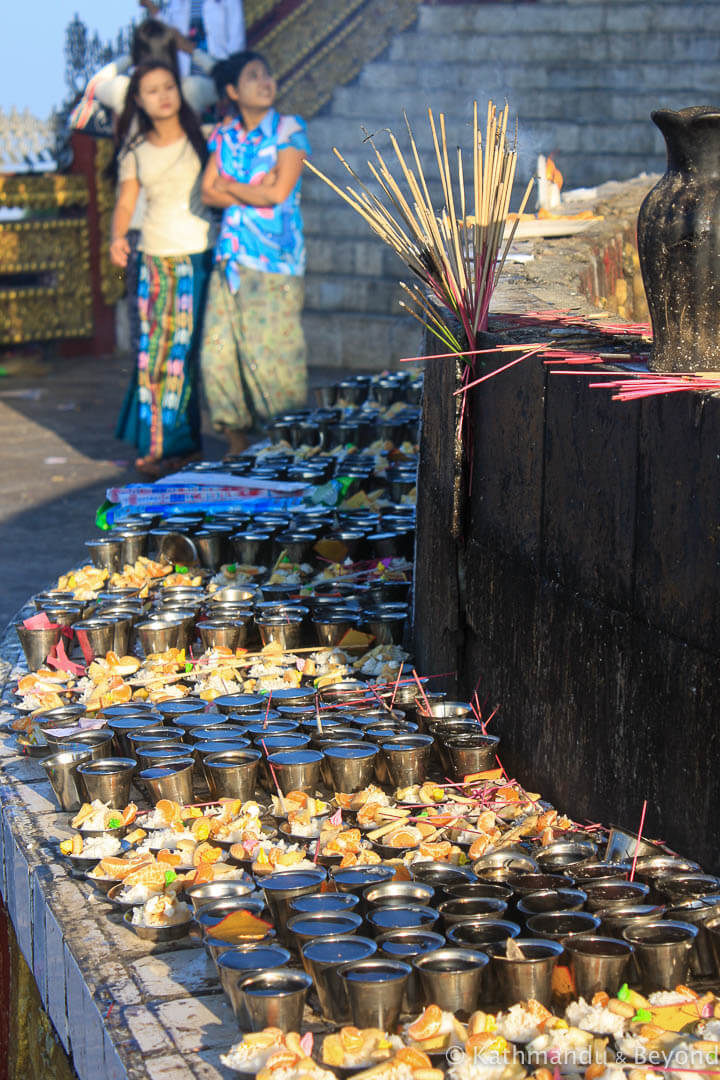
The ‘Golden Rock’, Mt Kyaiktiyo
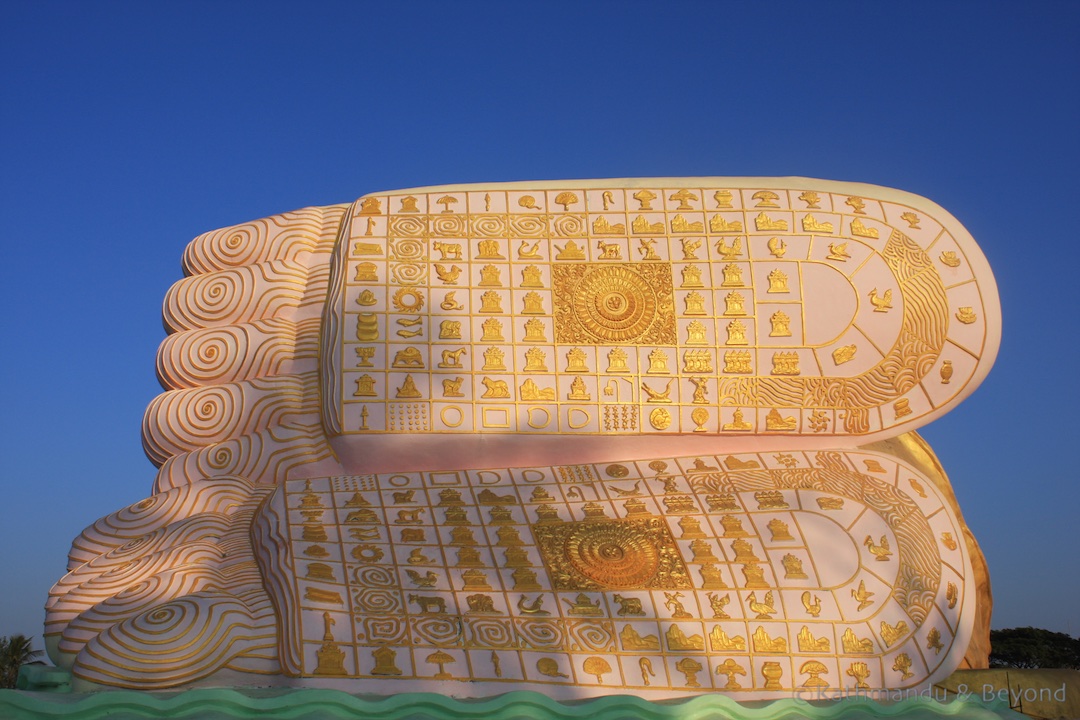 Shwethalyaung Buddha, Bago
Shwethalyaung Buddha, Bago
Keen to avoid at least some of the very long and uncomfortable road journeys, we next flew to Heho to visit Inle Lake. To me, this was the most picturesque part of the country we visited and we spent our days in a motorised long wooden boat exploring the markets and floating villages on and around the lake. My words probably aren’t more descriptive than the pictures, so I’ll leave you to look at them on the slide show below. However, on the 2nd of January when I should have been in church in north London performing my duties as godmother at my niece’s baptism, we were visiting the market town of Thaung Tho. Mostly on sale were cattle, fire wood, vegetables and spices but I did manage to find a very simple, locally made silver bracelet for Amelie and in a few months’ time I will be able to give it to her!
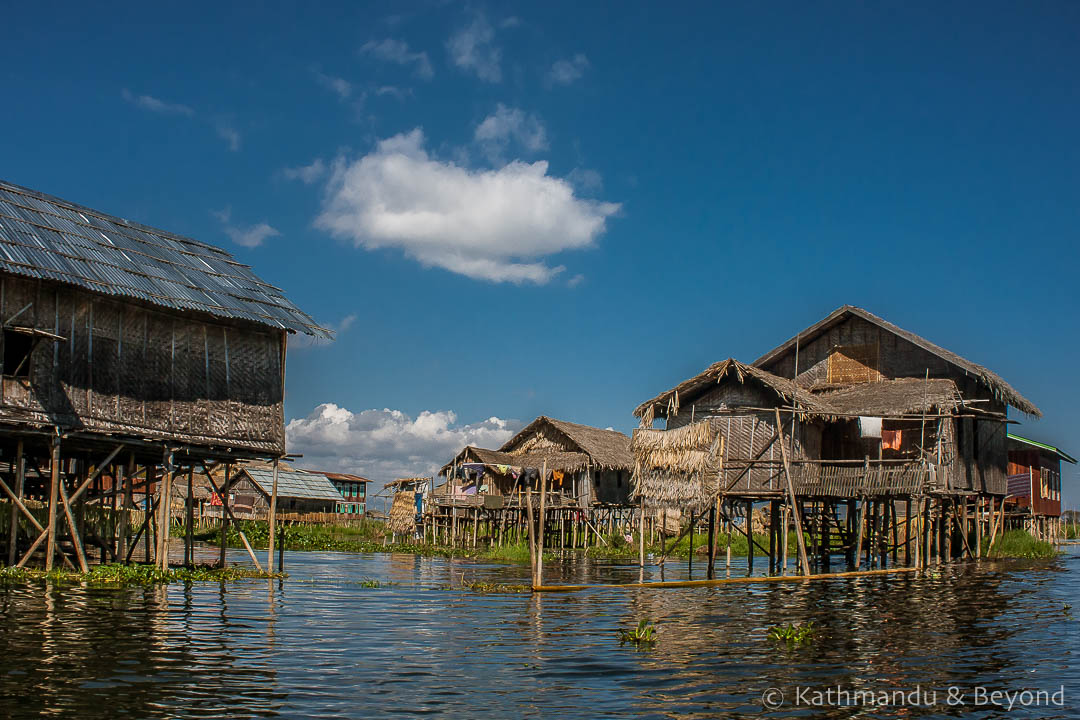 Inle Lake
Inle Lake
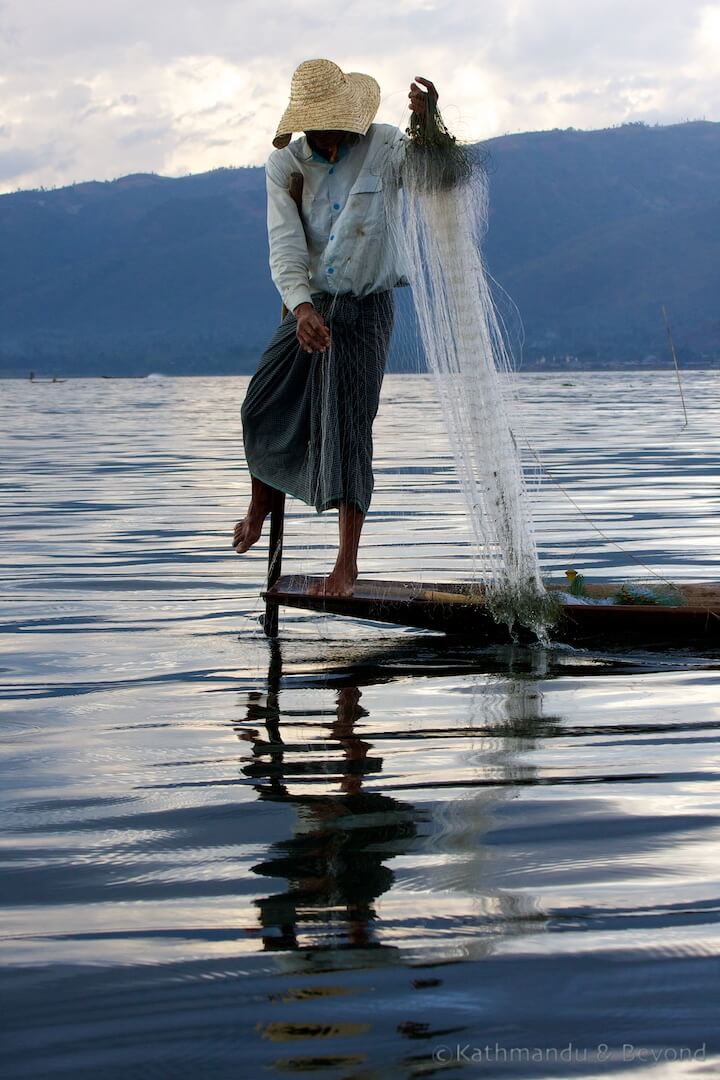
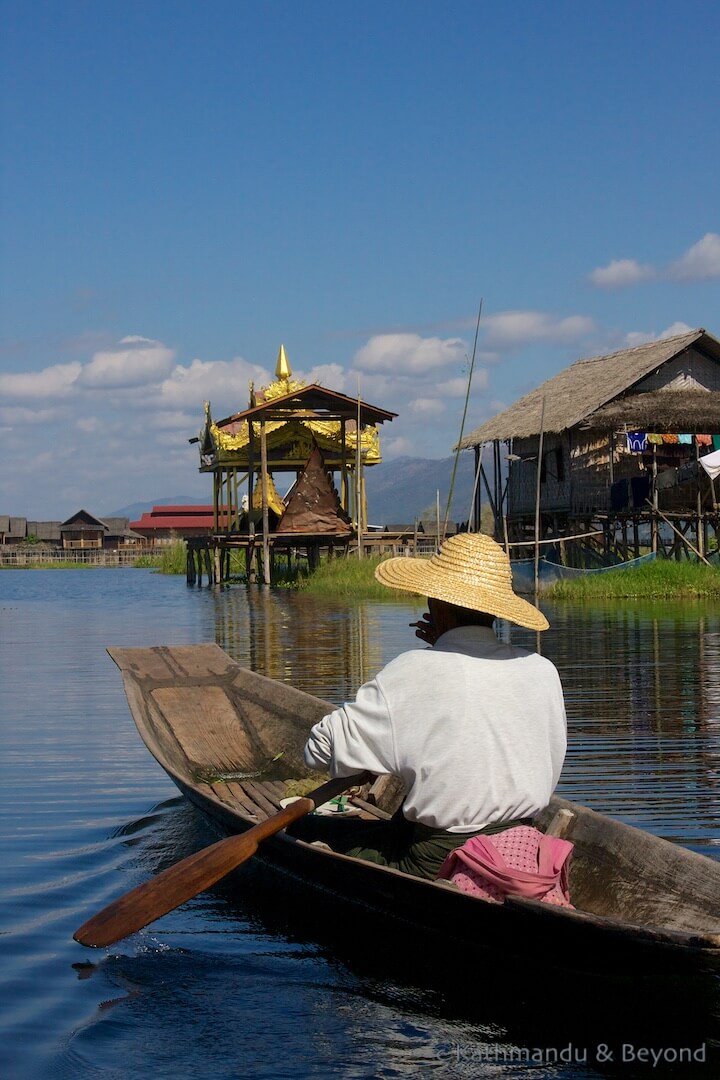
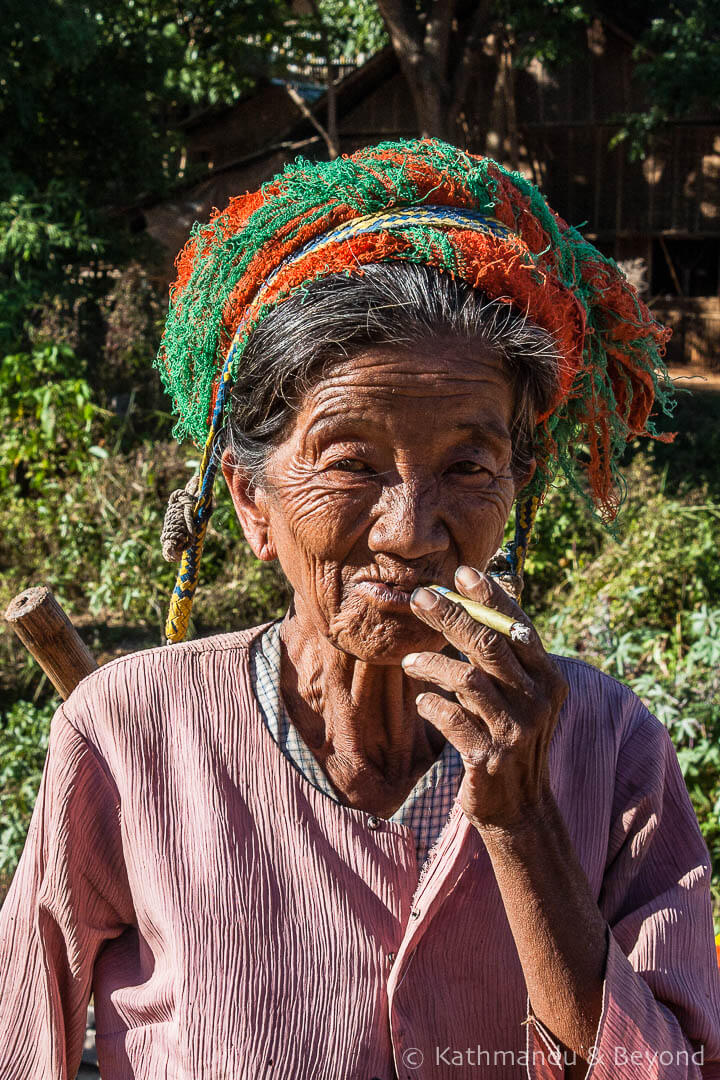
Inle Lake
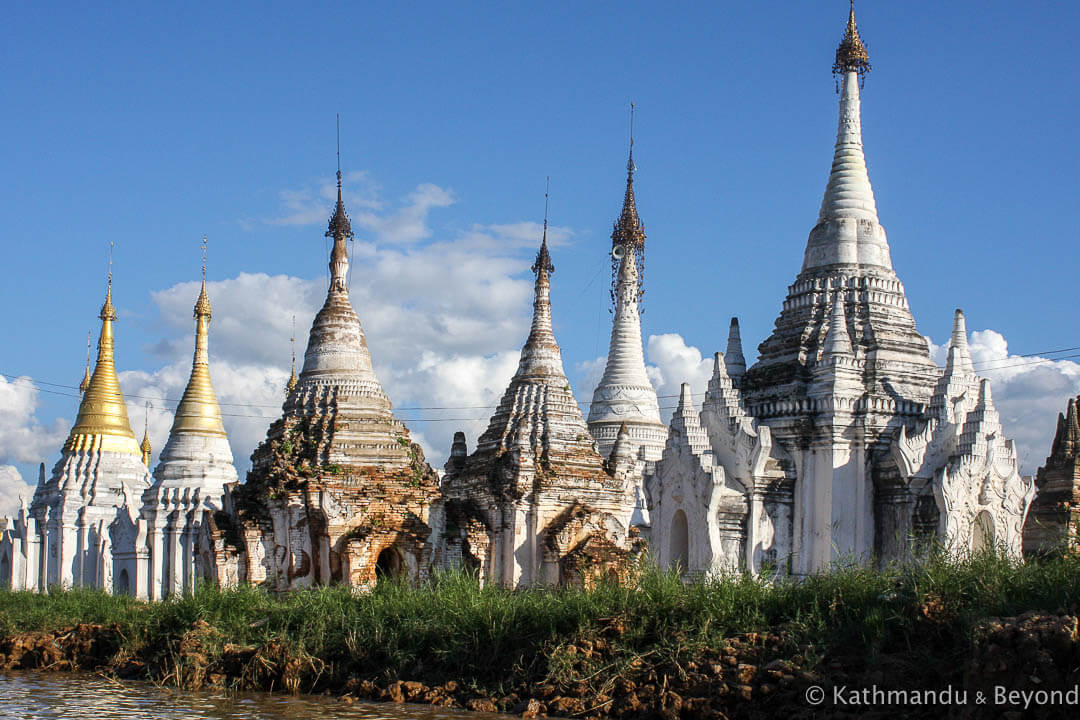 Inthein, Inle Lake
Inthein, Inle Lake
Angkor. The variety and detail of the temples in Cambodia are undoubtedly more striking but those at Bagan still have impact. Their impressiveness lies in the fact that there are so many (over 2,000) pagodas and temples which dot the landscape and many of them are visible near and far wherever you are. One noticeable difference when compared with the temples at Angkor, though, is the number of tourists. Despite being Burma’s number one attraction and considering it is currently receiving record numbers of tourists, there were still very, very few visitors around except at one of the sunset spots on one of our days there,.
In the last phase of our time in Burma, we travelled to another British legacy; the former summer capital at Pyin U Lwin (or Maymyo as it was named back in the day) and on by train crossing the impressive Gokteik viaduct. Yet another British feat, I tried not to wonder if there has been any maintenance on it since it was built in 1901. We spent our last few days exploring the countryside around, and noodle stalls and tea shops within, Hsipaw prior to flying back from Lashio to Yangon and on to the metropolis that is Bangkok.
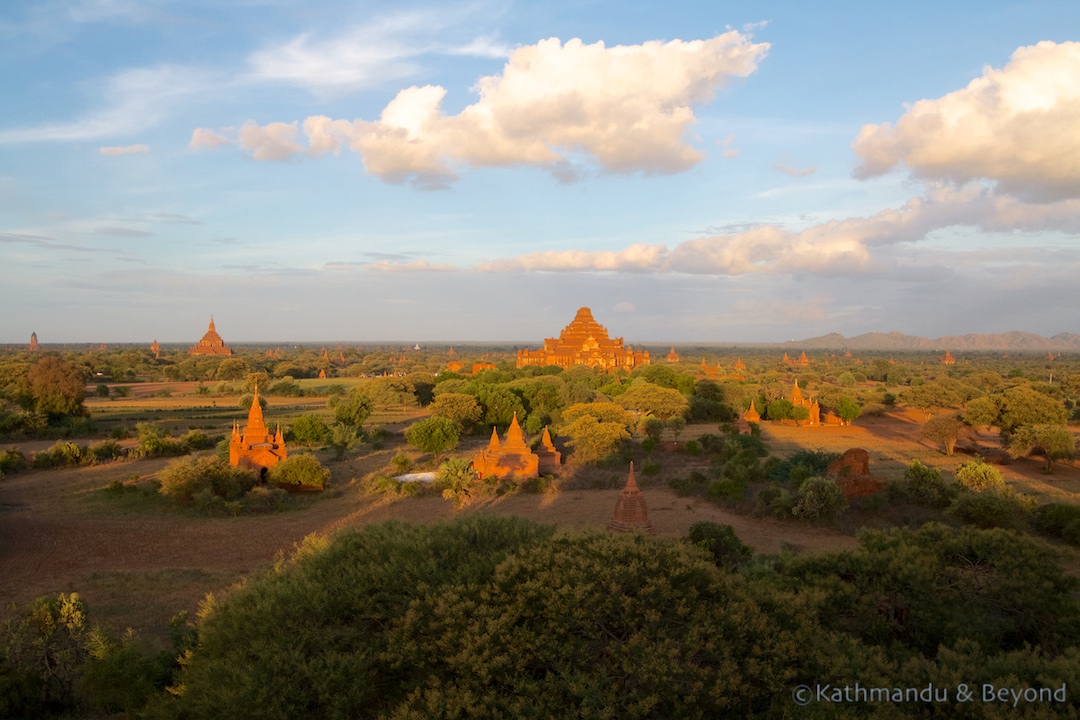 Panoramic view of Bagan Temples (taken from Shwesandaw Paya)
Panoramic view of Bagan Temples (taken from Shwesandaw Paya)
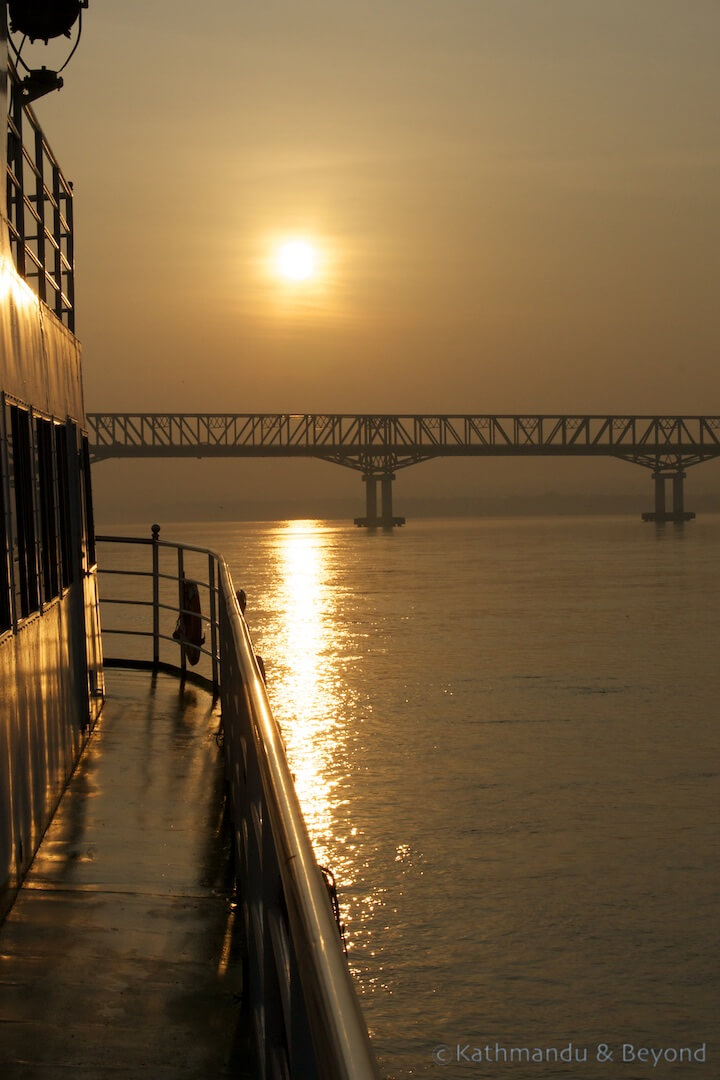
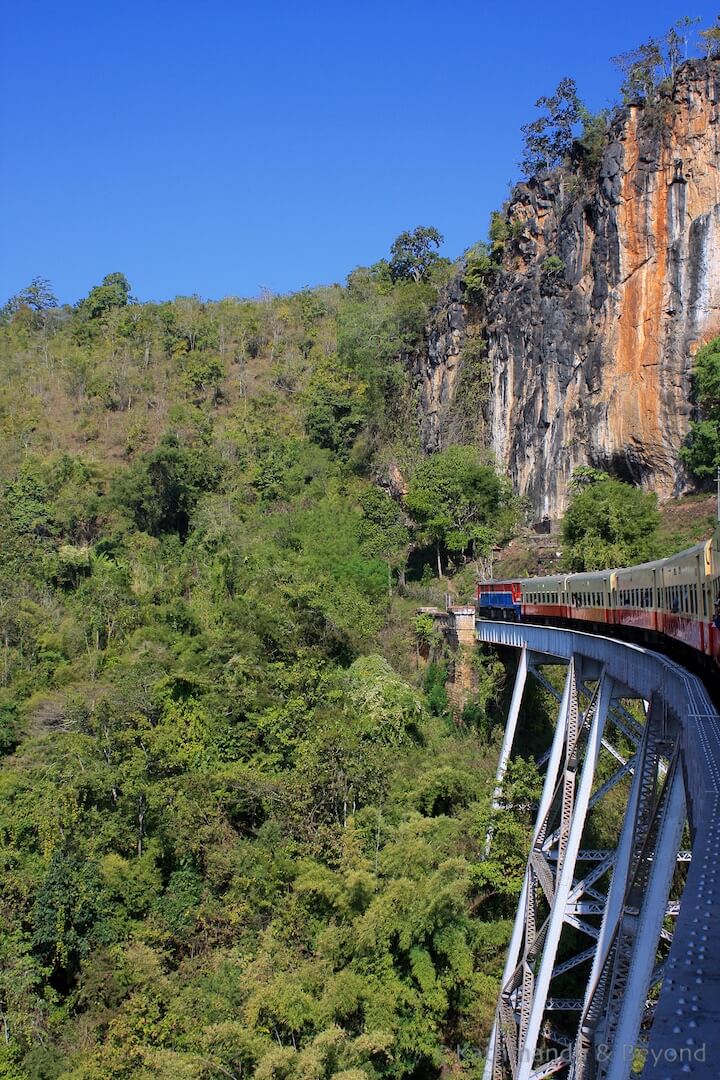
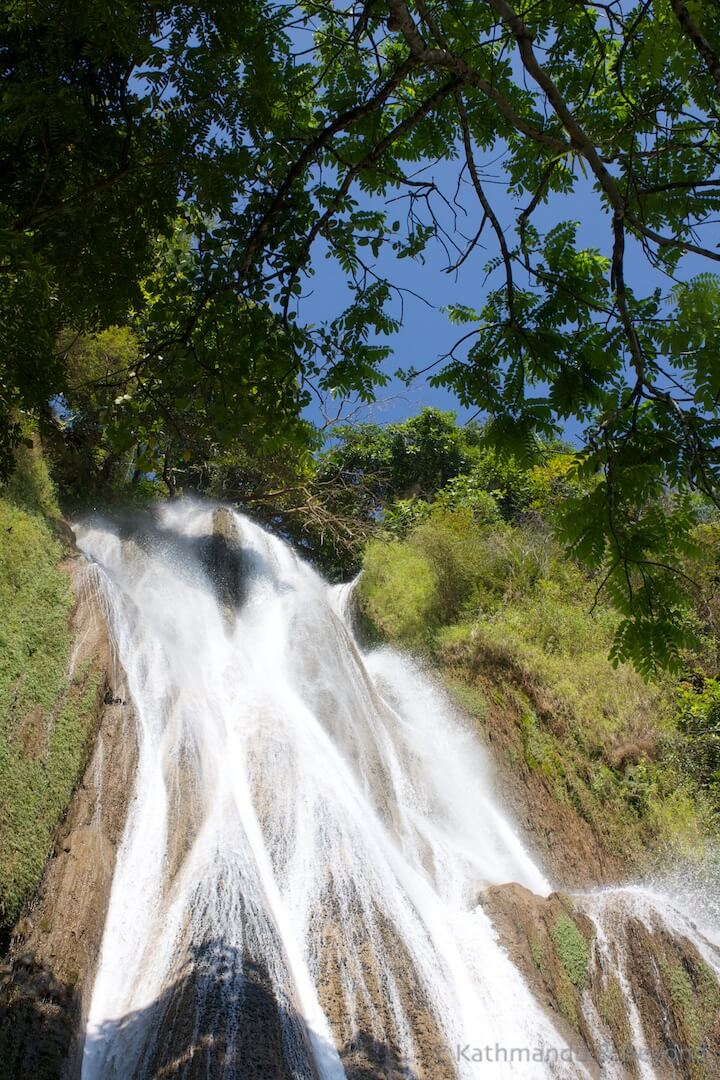
Ayeyarwady River near Mandalay (left), Gokteik Viaduct between Pyin U Lwin and Kyaukme (centre) and Hsipaw (right)
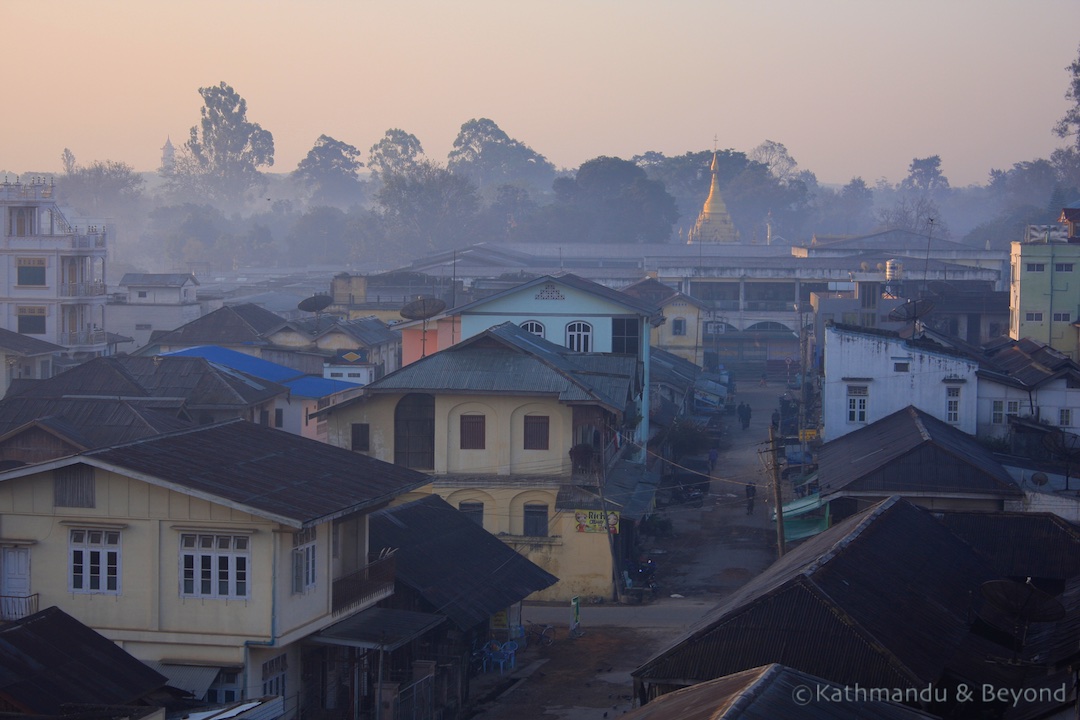 Pyin U Lwin
Pyin U Lwin

Glad to see you made it to my homeland of Myanmar, and enjoyed your visit there. I live in the United States now. I am fortunate to have traveled to 40+ countries (and lived in a few of them) but have recently come to the realization that “Home Sweet Home” is the best!
The saying does go “home is where the heart is”. We are lucky enough to have visited Myanmar several times including four months living in Yangon which gave us to opportunity to get to know the people and culture very well. Myanmar will always be a special place for me too.